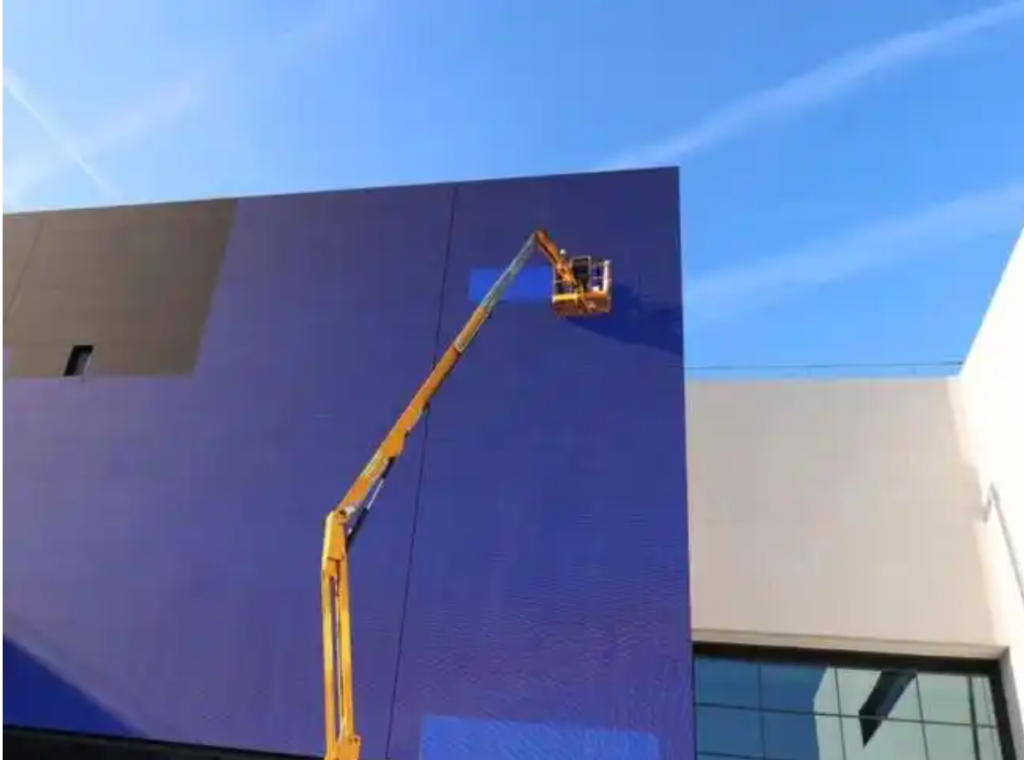Graphene for Anti-Corrosion Coatings: A Long-Term Shield for Metals
🌊 Introduction: Corrosion – A Global Industrial Challenge
Corrosion of metal infrastructure and components leads to billions of dollars in annual losses worldwide. Industries such as marine, construction, automotive, energy, and aerospace invest heavily in coating systems to protect their assets from moisture, oxygen, salts, and pollutants.
Traditionally used coatings—such as epoxy, polyurethane, or zinc-rich primers—have limitations:
-
Shorter lifespan
-
Heavy metal toxicity
-
Micro-cracking over time
-
Environmental degradation

Enter graphene — a carbon-based material with atomic-scale impermeability, chemical stability, and strong barrier properties, offering a next-generation solution for anti-corrosion applications.
🧪 Section 1: How Corrosion Happens
Corrosion is an electrochemical reaction between a metal (like steel, aluminum, copper) and its environment. Common forms include:
-
Atmospheric corrosion (humidity + oxygen)
-
Galvanic corrosion (electrochemical contact with other metals)
-
Marine corrosion (chloride-rich environments)
-
Chemical corrosion (acids, solvents)
These lead to:
-
Rust formation
-
Metal fatigue
-
Structural degradation
-
Equipment failure
Traditional coatings aim to block electrolyte contact, but small cracks or pores can rapidly compromise protection.
🧬 Section 2: Why Graphene Is a Game-Changer in Coatings
Graphene is ideal for corrosion protection due to its:
| Property | Benefit |
|---|---|
| 2D planar structure | Creates a tortuous diffusion path for corrosive agents |
| Chemical inertness | Resists degradation by acids, salts, and solvents |
| High aspect ratio | Strong coverage at low loading (~0.5–5 wt%) |
| Strong adhesion | Compatible with epoxy, PU, alkyd systems |
| Electrical conductivity | Enables cathodic protection or smart coatings |
📌 A 1-3 wt% loading of rGO or graphene nanoplatelets in epoxy or acrylic resin can improve corrosion resistance by 2–3 orders of magnitude.
🧱 Section 3: Types of Graphene-Based Coatings
-
Graphene Oxide in Epoxy Primer
-
GO layers block water and ion transport
-
Modified GO (e.g., silane-treated) improves dispersion
-
Ideal for steel structures, pipelines
-
-
Reduced Graphene Oxide in Polyurethane
-
Enhances UV and salt spray resistance
-
Suitable for automotive, marine parts
-
-
Graphene-Alkyd Hybrid Coatings
-
Improved adhesion on galvanized surfaces
-
Used in infrastructure (bridges, towers)
-
-
Zinc + Graphene Composite Primer
-
Graphene complements sacrificial zinc
-
Lowers zinc content while enhancing performance
-
🧪 Section 4: How Graphene Works in Corrosion Prevention
Graphene provides multi-functional defense mechanisms:
(1) Barrier Effect
Creates a “maze effect” to hinder oxygen, water, and ion penetration.
(2) Cathodic Protection
Conductive graphene can act as a mild electron sink, delaying oxidation of the metal.
(3) Crack Bridging
Its flexibility and mechanical strength help resist micro-crack propagation during thermal cycling.
(4) Synergy with Corrosion Inhibitors
Graphene can act as a carrier for slow-release corrosion inhibitors (e.g., Ce³⁺, Zn²⁺), forming smart coatings.
🧪 Section 5: Real-World Performance Metrics
Key metrics for evaluating anti-corrosion coatings:
| Metric | Description | Graphene Performance |
|---|---|---|
| Salt spray resistance (ASTM B117) | Hours without rust in NaCl fog | >1000 h at 2 wt% rGO |
| Water vapor permeability | g/m²/day | Reduced by >50% with 1 wt% graphene |
| Electrochemical impedance spectroscopy (EIS) | Log | Z |
| Adhesion (ASTM D3359) | 0–5B scale | 4B–5B with graphene-modified coatings |
| Cross-hatch corrosion (ISO 2409) | Underfilm rust width | ≤1 mm vs 4–6 mm (control) |
🏭 Section 6: Application Scenarios
| Industry | Target Metal | Graphene Coating Type |
|---|---|---|
| Marine | Steel hulls, ballast tanks | rGO epoxy + zinc primer |
| Automotive | Chassis, mufflers, wheels | PU + graphene |
| Infrastructure | Rebars, bridges | Alkyd + GO dispersion |
| Energy | Wind towers, pipelines | Epoxy + hybrid nano-filler |
| Electronics | Connectors, housings | Transparent GO layers |
At GrapheneRich NanoTech, our rGO dispersions can be tailored for solvent-based or water-based systems, with high dispersion stability and customizable particle size.
⚙️ Section 7: Graphene-Rich Anti-Corrosion Product Example
We provide:
Product: Graphene-Rich Anti-Corrosion Additive XFZ-A
-
Form: rGO paste in water/solvent
-
Loading: 2–5 wt% recommended in epoxy or alkyd resin
-
Sheet size: 0.5–5 µm
-
Stability: >6 months
-
Film thickness: 50–100 µm
-
Performance: >1000 h in salt spray test (ASTM B117)
📦 Available for evaluation in 100 g / 500 g / 1 kg samples.
🧠 Section 8: Summary — Key Benefits of Graphene in Coatings
-
⛓️ Tortuous barrier against moisture and ions
-
🛡️ Enhances coating lifetime without toxic heavy metals
-
🌀 Prevents micro-cracking, bridging defects
-
🔋 Option for smart/self-healing coatings
-
🌱 Environmentally friendly low-VOC formulations possible
🔮 Future Outlook
As industries transition to greener and smarter surface protection, graphene-enhanced coatings will become the standard in:
-
Long-life corrosion-resistant architecture
-
Lightweight transportation (EVs, aircraft)
-
Offshore structures
-
Coated electrical components
At GrapheneRich NanoTech, we’re focused on scalable, customizable, and high-performance dispersions for next-gen coatings. Visit graphenerich.com for detailed specs and technical support.

